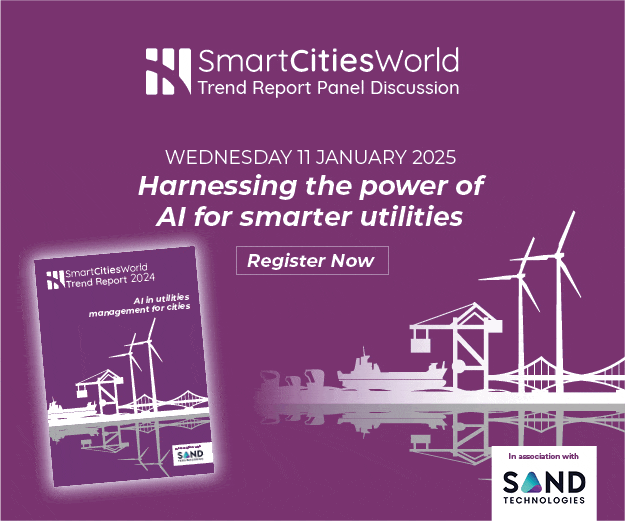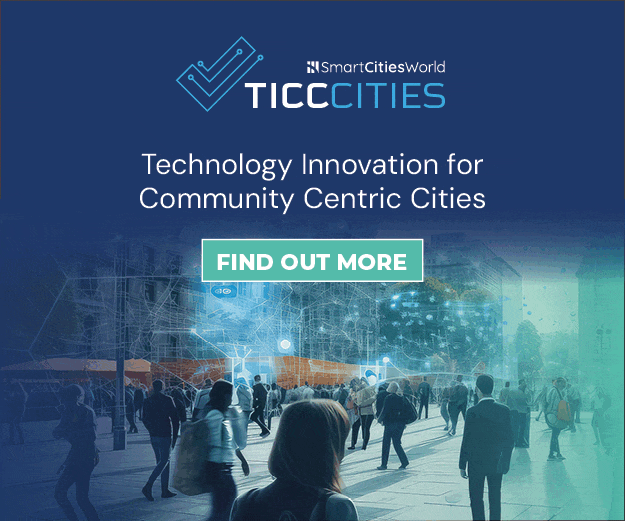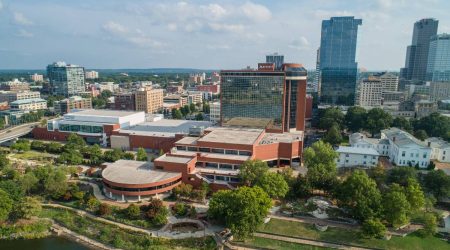Key Takeaways
- Tallinn is launching a dynamic traffic management project to improve traffic flow.
- The initiative focuses on reducing intersection congestion with demand-based traffic signals.
- Integration of the new system into the existing traffic model aims for a smarter management environment.
Tallinn’s Traffic Management Initiative
Tallinn is set to enhance its traffic management with a groundbreaking dynamic traffic management project. This initiative specifically targets persistent traffic jams at city intersections and aims to create a more modern and efficient traffic environment.
The core of this project revolves around the implementation of demand-based traffic light systems. These systems will adjust signal timings based on real-time traffic conditions, which is expected to alleviate congestion and improve overall traffic flow. By responding dynamically to the number of vehicles at intersections, the system seeks to optimize wait times and reduce delays for drivers, cyclists, and pedestrians alike.
In addition to managing signals more effectively, this project involves the integration of the new traffic management system into the existing traffic model of Tallinn. This integration is crucial as it will allow for a cohesive strategy to manage the flow of traffic throughout the city, ensuring that improvements can be monitored and adjusted as needed.
The initiative is part of a broader vision for a smarter urban infrastructure that utilizes technology to enhance city living. By implementing these systems, Tallinn hopes to contribute to a smarter urban environment, reducing both emissions and traffic-related frustrations for residents and visitors.
With an emphasis on innovation, the dynamic traffic management project signifies a pivotal moment in Tallinn’s approach to urban mobility. By harnessing modern technologies and data analytics, the city’s traffic management can become proactive rather than reactive, setting a benchmark for other urban areas seeking similar improvements in their traffic systems.
The content above is a summary. For more details, see the source article.















